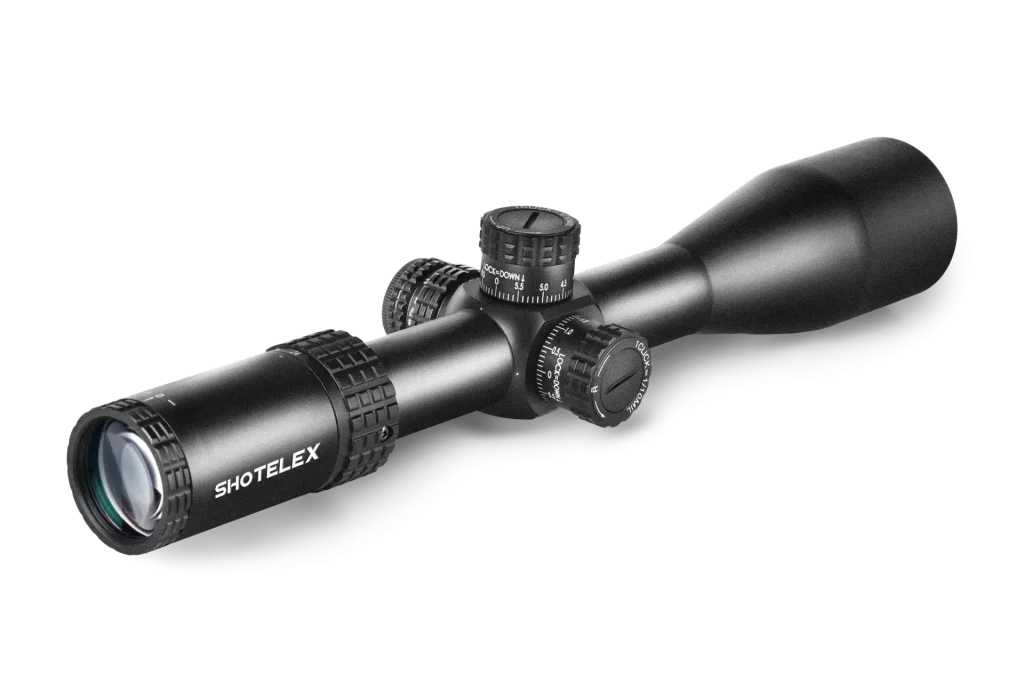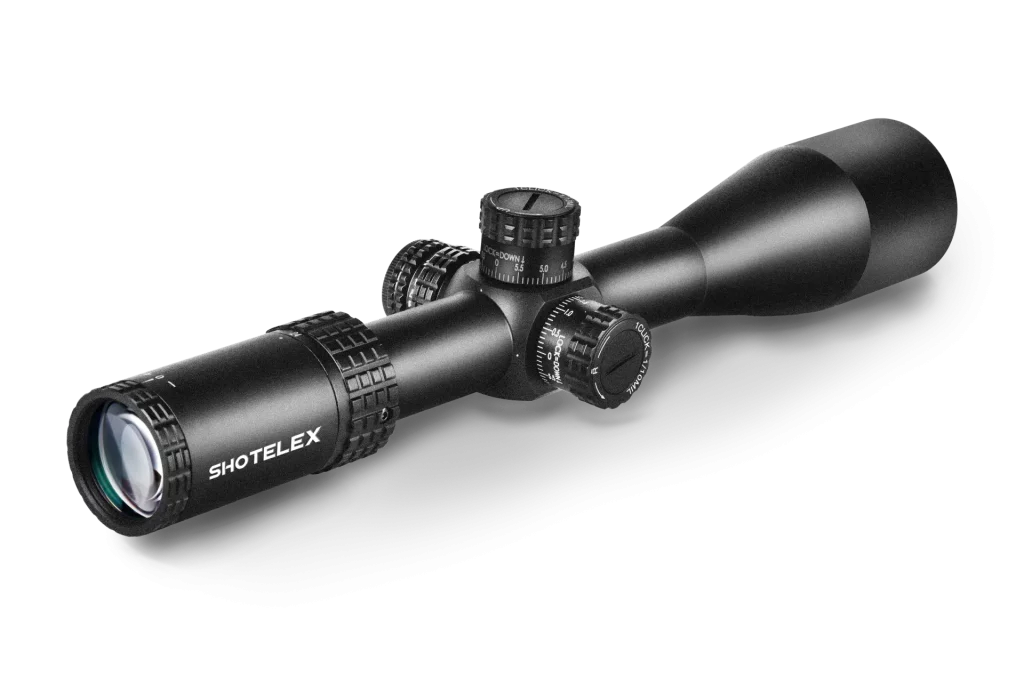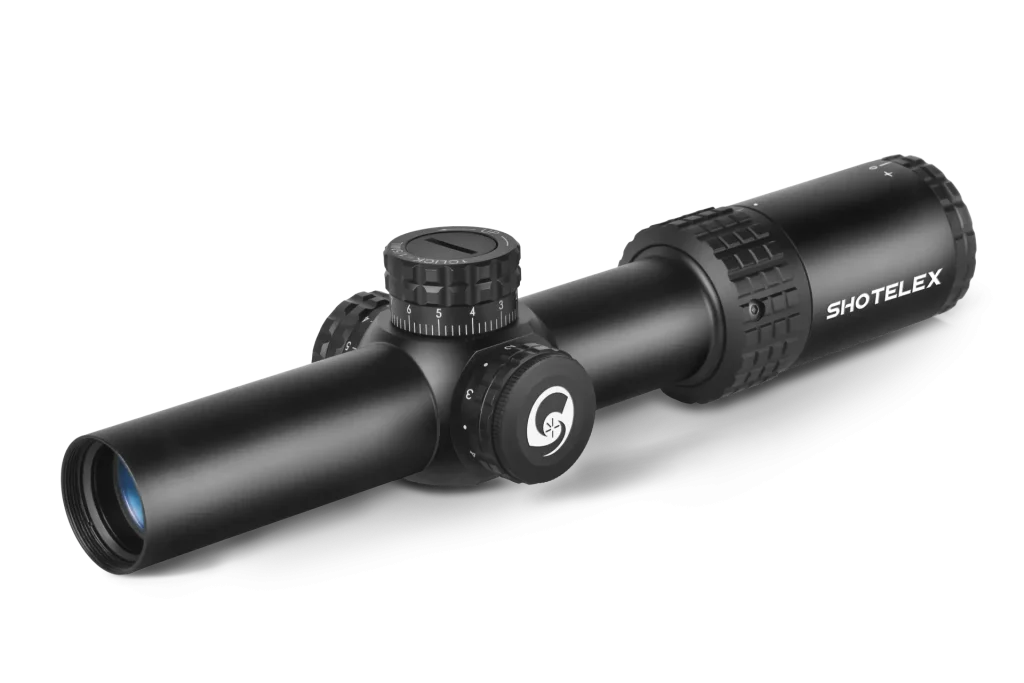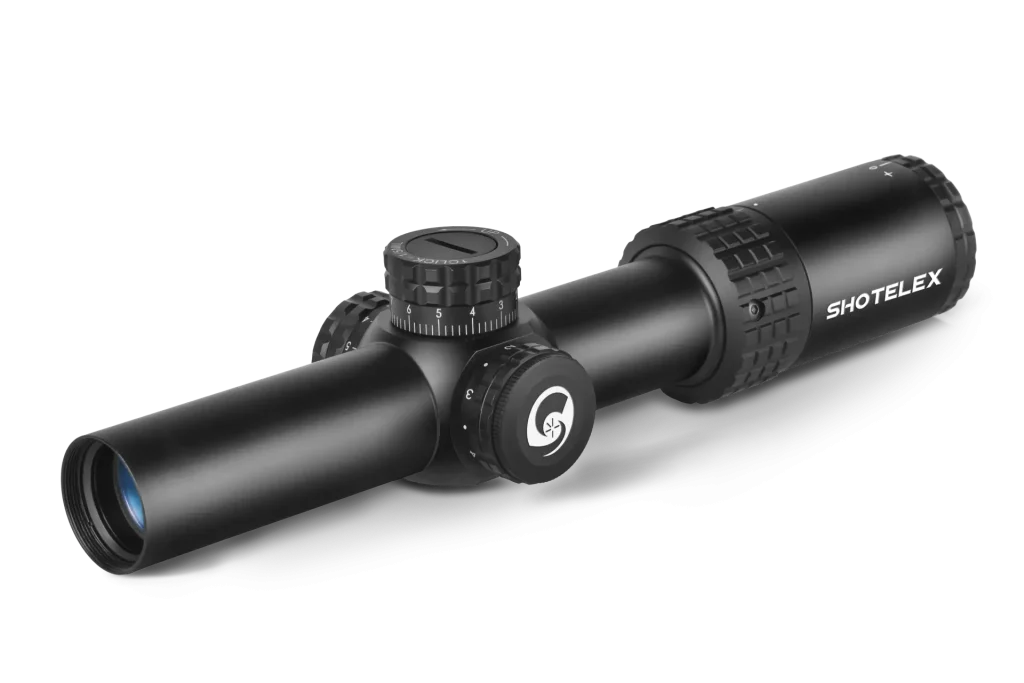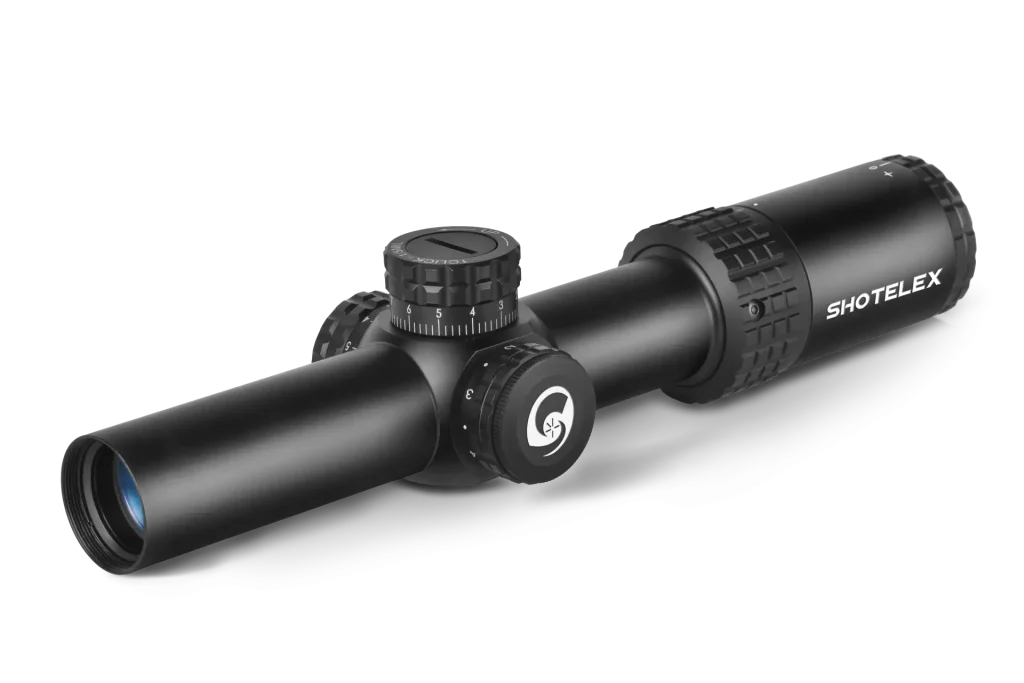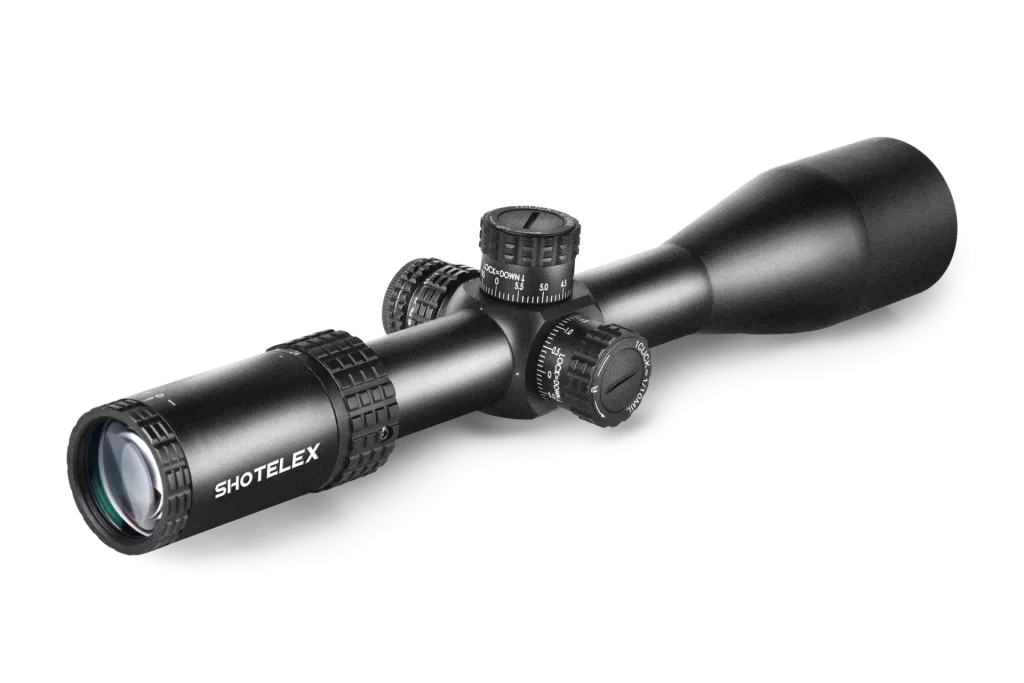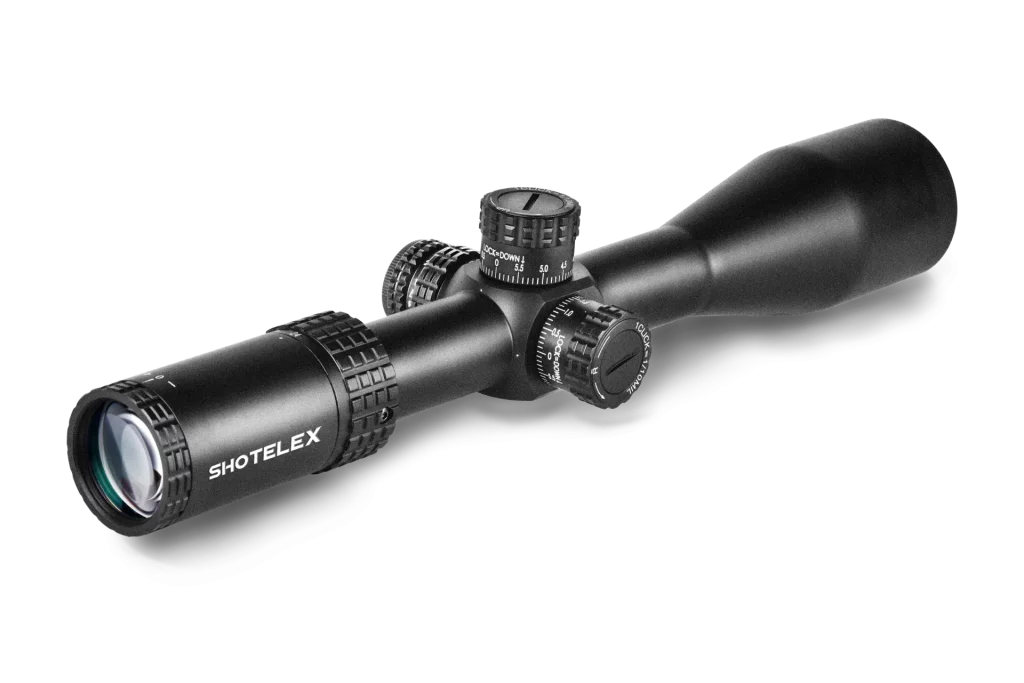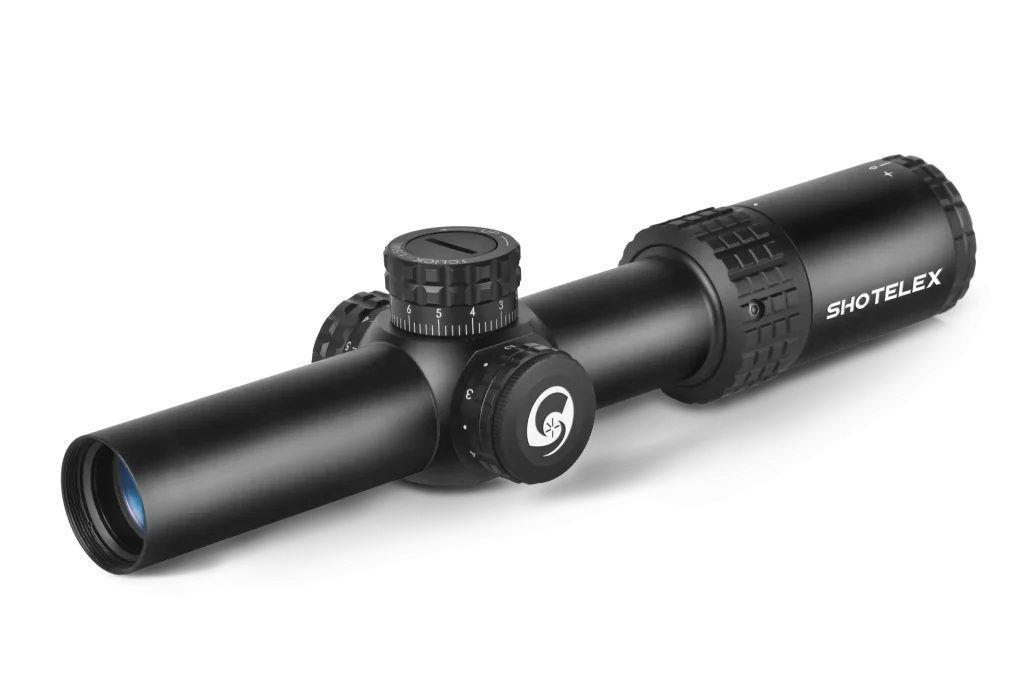What is Parallax on a Rifle Scope?
Accuracy is perhaps one of the most essential elements of rifle shooting. However, the majority of shooters miss a very important factor in their search for accuracy – parallax. So, what is parallax in a rifle scope? How does it affect your shooting, and how do you eliminate it to avoid errors? In this article, we’re going to give you a brief rundown. Let’s begin!
Part 1. What is Parallax in a Rifle Scope?
Parallax literally refers to the apparent movement of the reticle (crosshairs) with respect to the target when you minimally move your eye behind the scope. This occurs most frequently when the image of the target and the reticle are not on the same optical plane inside the scope.
For example, if you are firing at a target 100 meters downrange in your scope. If you shift your head a little and notice that the crosshairs of your reticle seem to “float” or drift off-center from the target, even though the rifle itself is not moved.
That’s parallax happening. Parallax can cause aiming errors, especially at long ranges where any little misalignment can have you missing your target.
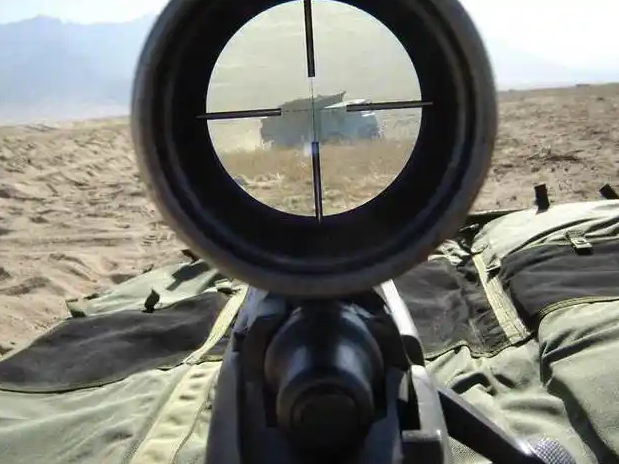
Part 2. How Does Parallax Affect Shooting Accuracy?
Parallax can produce aiming errors, even though you believe you are precisely where you want to be. When your eye is not perfectly aligned on the scope’s optical axis, the reticle will appear to shift compared to the target. The actual point of impact will become disconnected from where you intended to shoot.
At close ranges, this deviation will often be minimal and will not be noticeable. As the shooting distance does increase—especially at the medium to extended ranges, or with high-powered scopes, the parallax effects become more pronounced.
In competition shooting or in precision shooting engagements, a minute deviation caused by parallax will mean a critical miss. To be familiar with and compensate for parallax is therefore paramount to sound, accurate shooting.
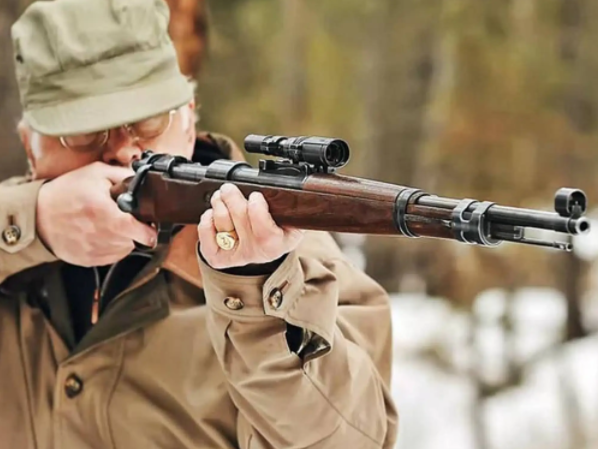
Part 3. What is the Difference Between Fixed and Adjustable Parallax Scopes?
Fixed Parallax Scopes
Fixed parallax scopes are usually encountered on low-end or low-mag scopes. Within these scopes, the parallax has been set at the factory, typically at a normal distance like 100 yards. This design is suitable for close to intermediate range shooting, including hunting or target shooting on an occasional basis.
Because of the simple internal structure, fixed parallax scopes are lighter in weight, less expensive, and easier to use. They are less versatile when shooting at varying ranges.
Adjustable Parallax Scopes
Parallax scopes that are adjustable either have an adjustable objective (AO) ring at the front of the scope or a side focus knob. These allow the shooters to adjust in parallax according to target distance such that reticle and target image are on the same optical plane.
This is much more accurate by removing parallax error, particularly while shooting over distance or in precision competitions. While more complex and generally more costly, parallax adjustable scopes provide superior performance for serious or skilled shooters.
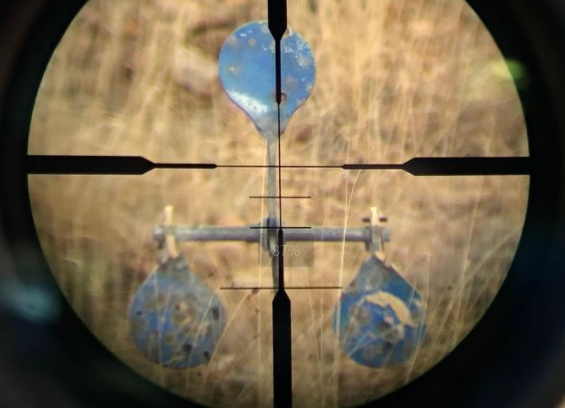
Part 4. How Can You Detect and Correct Parallax on a Rifle Scope?
Parallax can compromise your accuracy at longer ranges, which makes identifying and correcting it essential in maintaining consistent performance. To maintain smooth operations and maximize performance levels, it’s helpful to detect and address it effectively.
1. How to Check Parallax Issues
Before beginning, locate an easily identifiable target such as the center of a bullseye with your scope and set your focus there.
Be sure to position the rifle securely, while shifting your head side-to-side and up and down while looking through its scope.
Parallax occurs when the reticle appears to move or drift across a target and must be adjusted.
2. How to Adjust for Parallax Effect
Locate either the side focus knob (located on the left of your scope) or adjustable objective ring (FO of scope) using your scope’s front bell bell.
Adjust the dial slowly while looking through your scope until the reticle appears perfectly centered on your target regardless of any slight head movements.
Verify once more by shifting your eye position slightly; if the crosshair doesn’t stray off of the target, your parallax has been set correctly.
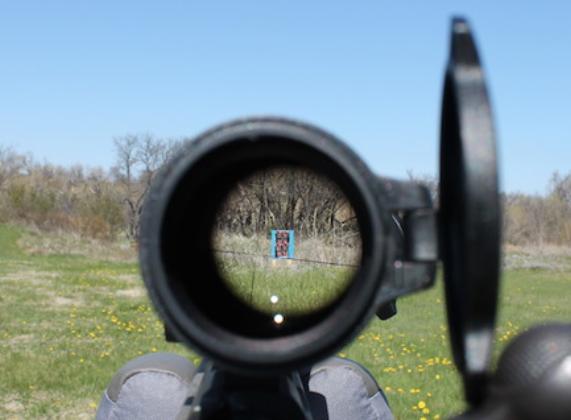
Part 5. At What Distances Is Parallax Most Noticeable?
Parallax does not affect all shooting scenarios equally, but it is more of an issue with greater distance and more magnification. Here’s how parallax typically behaves at different ranges:
Less than 50 Meters:
At ranges that are close, parallax effect is generally irrelevant. Even if your eye is slightly out of alignment with the scope, the shift of the point of impact will likely be too small to have an appreciable effect on accuracy, especially for recreational or low-magnification use.
Around 100 Meters (or Yards):
Parallax starts to become evident, particularly with scopes used that have magnification greater than 10x. This distance, and some movement of your eye behind the scope, will cause the reticle to shift slightly off target, which could lead to missed shots in more accuracy-critical uses.
More than 200–300 Meters:
Parallax can be a serious obstacle in long-range shooting when using high magnification scopes, particularly those capable of creating images at 200 to 300 meters or beyond.
Left uncorrected, slight out-of-alignments could result in inches or more of error downrange if uncorrected. Parallax adjustment at these distances is key to creating clean, accurate shots for hunters, competition shooters, and long range shooters alike.
With longer targets and higher magnification scopes, testing and correcting parallax becomes even more vital. Not doing this in these cases can destroy even the best-aimed shot.
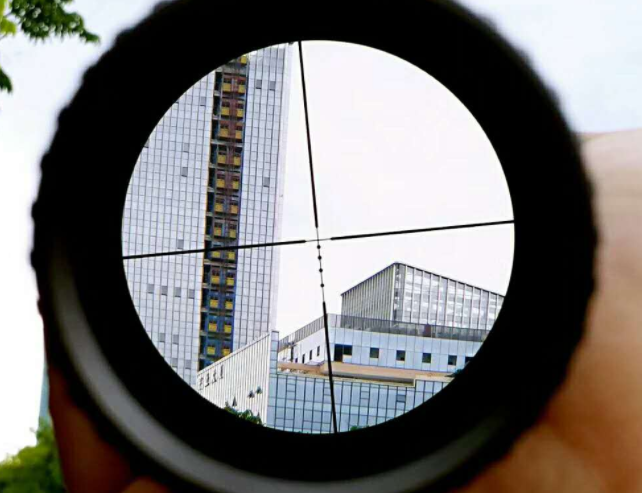
Part 6. Do You Need to Adjust Parallax Every Time?
Not quite. This will depend on which sort of scope you have and the situation while shooting.
For Fixed Parallax Scopes:
Those ranges are usually standardized at a normal, usually 100 yards or meters. When you shoot repeatedly at that range, such as in sporting hunting or tactical combat, the small error added through parallax is usually not important. In those cases, parallax adjustment is not needed, and most shooters are simply not conscious of its existence.
For Long-Range or Precision Shooting:
At longer ranges, with high-magnification scopes, or for competitive- or sniper-level accuracy shots, parallax becomes crucial. At that stage, even the slightest movement of your eye will cause a huge error at the target.
Thus, it is strongly recommended to adjust the parallax setting every time you change distances or are going to take an accurate shot.
If precision actually matters, such as in competition or long distance shooting, parallax adjustment must be part of your day-to-day routine. It is mere seconds but can be the difference between hit and miss.
Part 7. Shotelex Rifle Scope – Your Shooting Best Mate
When the question of maximum accuracy and repeat performance in shooting arises, a trustworthy rifle scope is what you require. Shotelex Rifle Scope is precisely designed for the purpose.
If you are a hunter, a sport shooter for long-range application, or engaged in tactical use, Shotelex has better optical clarity, combat-proven ruggedness, and precise parallax adjustment to help shooters of every experience level.
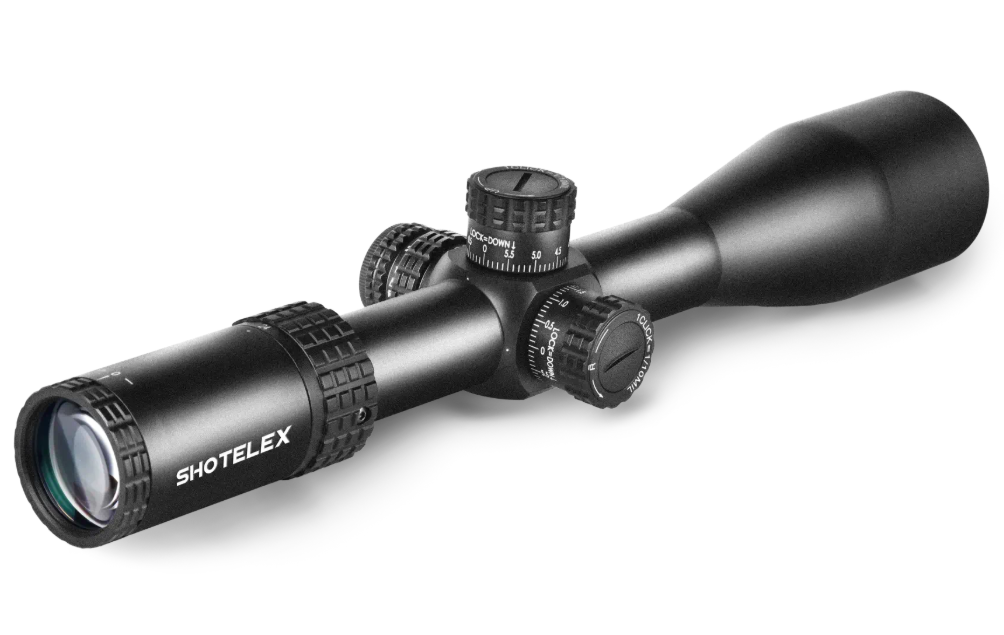
Why Choose Shotelex?
- Multi-coated high-definition lenses provide a clear and bright view for improved target acquisition
- Parallax-free system at various distances offered by an adjustable parallax system
- Shockproof, fog-proof, and waterproof construction to withstand extreme surroundings and weather conditions
- Ergonomically designed knobs for smooth and comfortable operation
- Several magnifications and models available for use by amateur and professional shooters alike
Shotelex is more than just a rifle scope, it’s your confidence and accuracy guarantee. If you’re looking for a truly reliable scope to enhance your shooting experience, Shotelex is the trusted choice.
Final Words
Parallax is an easy one to forget about, but it makes a big difference in the accuracy of each trigger pull you make. If you’re a beginner or an experienced shooter, learning how to work parallax and set it properly is a key part of improving your shooting skills.

